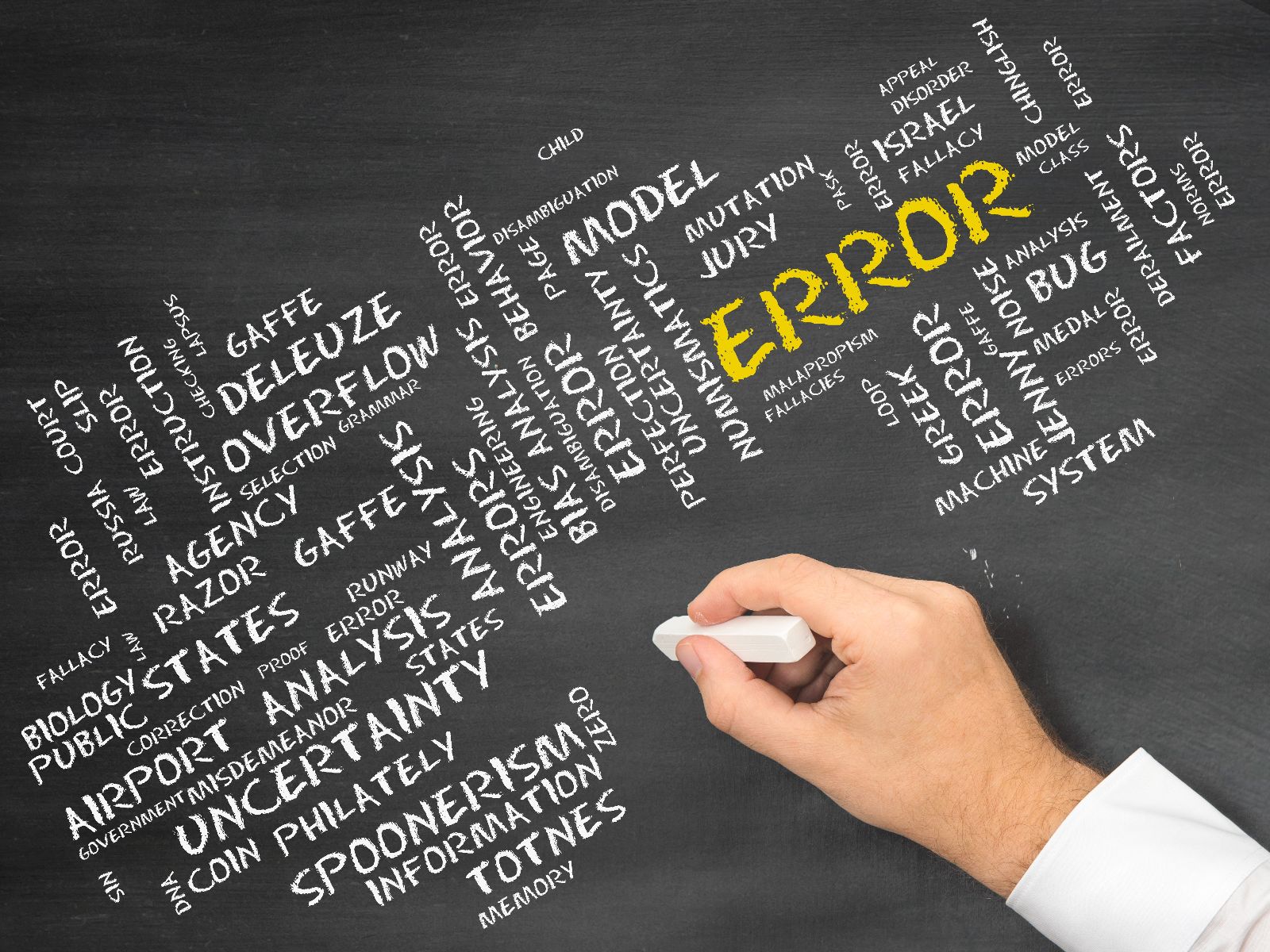A: The network is slow
B: When clicking ”attach” in an Outlook email, nothing happens
for 10 to 30 seconds
Emails sent at different times are received in ”clumps”
Delivery orders (PDFs) take 20 to 45 seconds to open
Thomas Fejfer, of CFN PEOPLE, recently shared this question on LinkedIn. He had recently started coaching some IT service personnel who had been through KT training. “Their manager came in and asked us if we could do some ‘KT magic’ on network slowness, an issue that had been ongoing for a year. The manager didn’t know what to do and top management was annoyed.”
Two volunteers spent 30 minutes using KT Situation Appraisal (SA), the KT tool that helps us answer the question “What do we need to know?” Their work, made the manager’s day. What are the differences between A and B? While both A and B refer to network slowness, by using SA for just 30 minutes, the volunteers broke apart overlapping and potentially confusing issues and identified “B,” three concerns that might require action, providing a basic roadmap for moving ahead.
Tackling “A,” had gone nowhere. In fact problems, decisions and risks are often complex enough that it is faster to step back and analyze the situation—separate what we know and what we don’t know —because there may be several problems, decisions or risks involved that may need different analyses or may not need analysis at all. In IT service or any milieu, the complexity of products, platforms, versions, processes, and communications can create layered issues that need to be untangled into manageable pieces.
Once the volunteers had separated out the different concerns, they were able to determine which ones needed additional analysis to get to cause and were quickly able to gather the facts they needed.
The Situation Appraisal process is a great first step for issue resolution. This process can, but does not have to follow the sequence of activities shown in this graphic:


“The network is slow,” or any intractable concern, is often the last visible effect in a chain of cause-and-effect events. By using Situation Appraisal to look at the slow network, the volunteers looked beyond the final visible link (slow network) to identify each of the conditions that formed a chain of events that, once identified, could be clarified and addressed appropriately.









